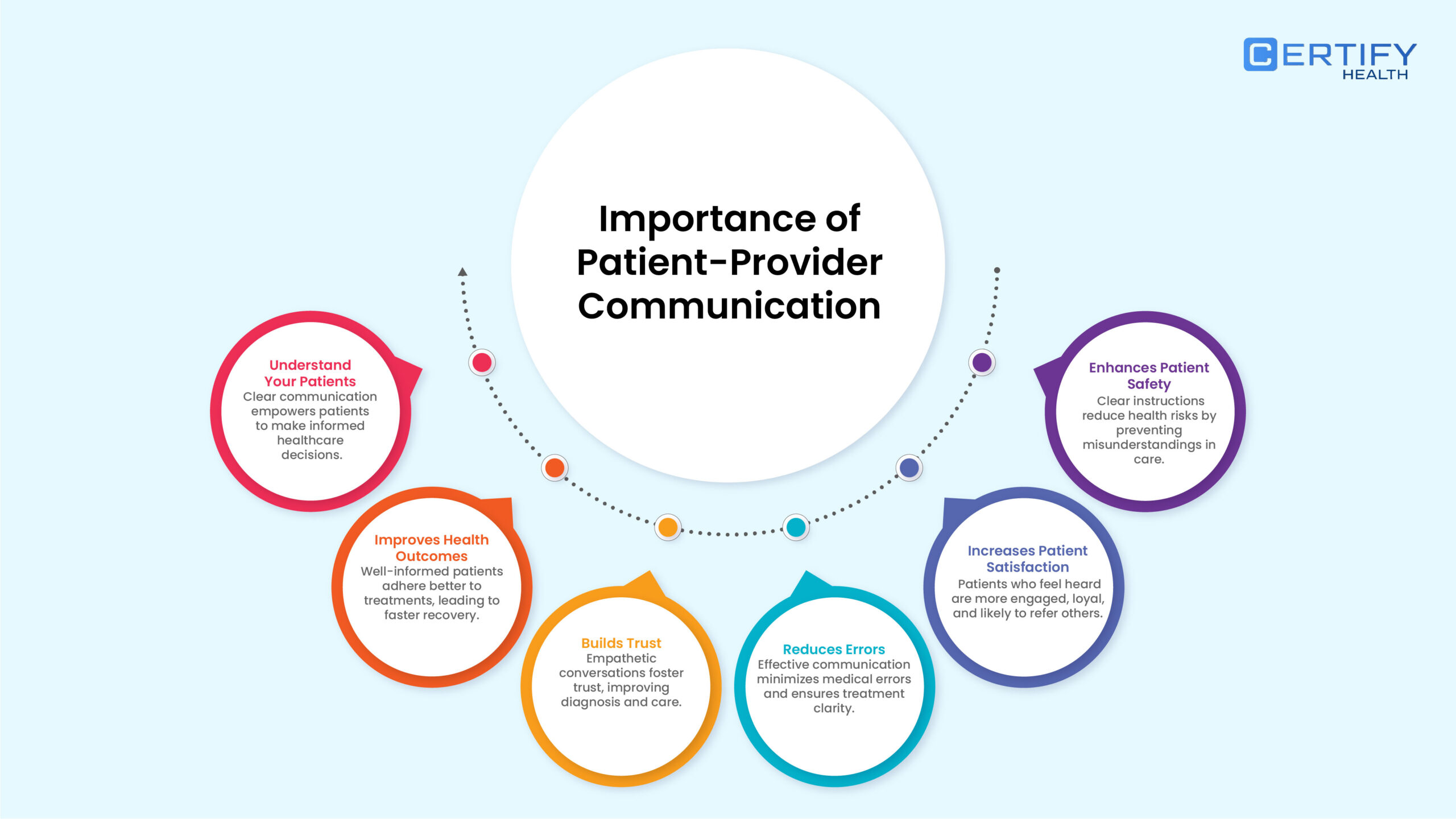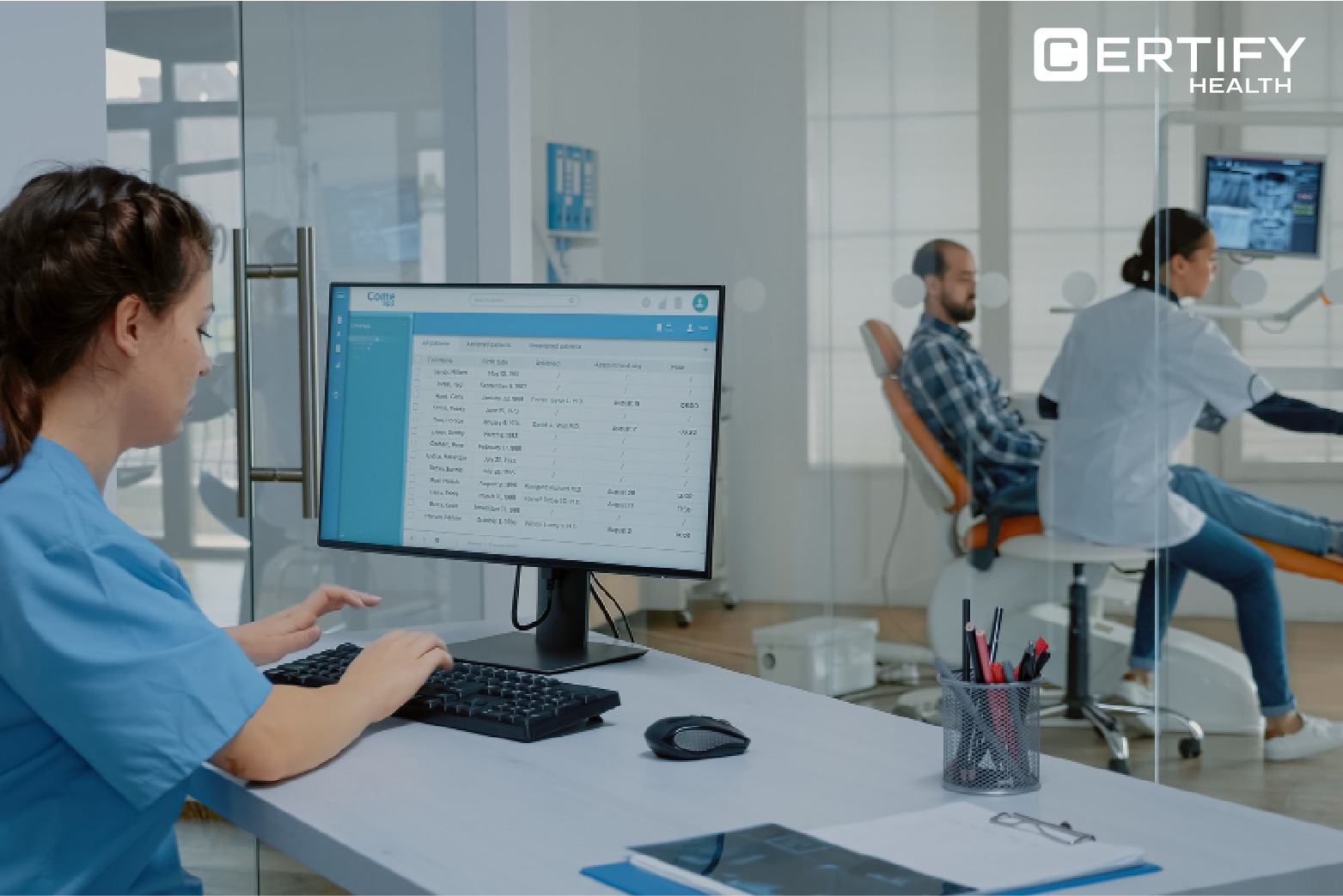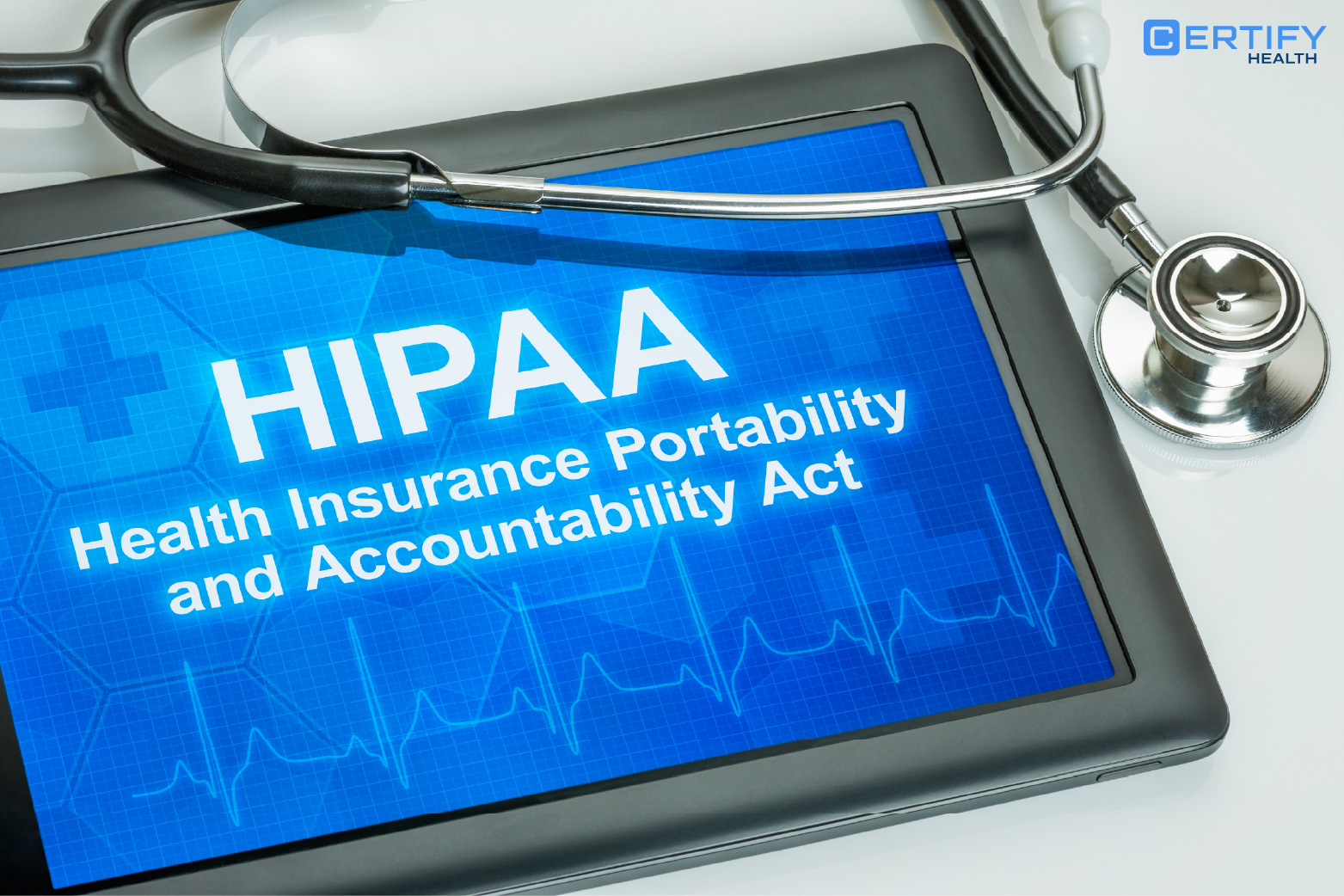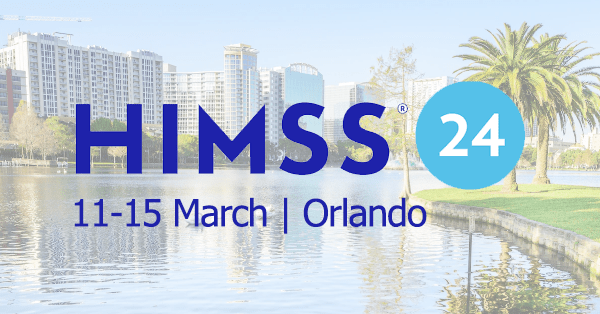Introduction
Have you ever wondered if your patients truly understand everything you tell them about their treatment or medication? You might be surprised to learn that 11.8% of patients feel their healthcare providers don’t communicate effectively—and that gap can make all the difference in their health outcomes.
Clear, compassionate patient communication isn’t just about giving instructions—it’s about building trust, improving adherence to treatment plans, and ultimately enhancing patient experience. When done right, it leads to personalized care and better health results for everyone.
In this blog, we will cover – What is patient communication, the challenges it faces, why it’s crucial, and ways to improve it.
What is Patient Communication?
Patient communication is the cornerstone of effective patient care. Simply put, it is the process of exchanging healthcare-related information between patient and provider. It encompasses both verbal and nonverbal interactions, and the motive behind it is to better understand patients’ problems, build trust, and personalize medical care according to their needs.
Positive patient-provider communication extends beyond sharing information and instructions. Positive patient communication helps you assess their needs, concerns, support required, preferences, and limitations. For patients, it helps them trust their providers with their treatment, stick to the treatment plan (they will have a clear idea of what medication they are taking and why), know when their next visit is, etc.
The key elements of effective patient communication are:
- Active Listening: Ensure your patients feel heard by acknowledging what they say.
- Empathy: Show that you understand and can relate to their feelings.
- Clear Explanation: Provide detailed information about medical treatments or medications in language the patient can easily understand.
- Discussion: Engage in conversations about various treatment options and understand their preferences during these discussions.
Challenges in Patient Communication
1. Overburdened and Frustrated Staff

Imagine this: A patient walks into your practice looking for assistance, but the staff ignores him/her because they have too much on their plate. Or a patient query is not properly addressed, and so the patient feels unheard due to rushed interactions.
One of the common patient communication challenges is staff workload and frustration. When your staff is stuck in piles of paperwork, collecting patient intake details, and manually verifying insurance, they have no time to communicate with patients and solve their queries. All of this negatively impacts your patients’ minds and spoils their experience because they did not receive the care they expected.
Did you know?
A study by the Joint Commission International found that 80% of serious medical errors happen due to miscommunication between caregivers during patient handovers.
2. Time & Distance Barriers

Imagine this: A patient books an appointment but completely forgets about it because of a hectic schedule. Life gets busy, and without a reminder, it just slips their mind. On top of that, time constraints and distance often make communication even harder, creating yet another hurdle in patient care.
For communicating with patients in remote areas or busy schedules, it is very important to have telehealth services. Virtual consultations promote patient-provider relationships through effective communication from convenience of their home.
3. Poor Communication Channels

In today’s world, there are several communication channels available – SMS, emails, phone calls, patient portals, and social media. It has become crucial for healthcare providers to target patients using their preferred communication channels for effective patient communication.
For example, if you patients are mostly available on emails or check their emails more often, targeting patients through email will be more effective to reduce no shows by sending out friendly reminders, Feedback collection, etc. Fostering patient engagement.
The Importance of Patient-Provider Communication in Healthcare

1. Enhances Patient Understanding
Clear patient communication promotes patient understanding, this means your patients will feel free to share any medical information with you with ease, preferences in treatments, and help in decision making.
Let’s take an example:
A patient walks into a healthcare clinic and is warmly greeted by the staff, making them feel at ease right away. The check-in process is smooth, and soon, it’s their turn to see the doctor. The doctor listens attentively as the patient shares their concerns, asking relevant questions about symptoms and any previous medications. Instead of just handing over a prescription, the doctor takes the time to explain each medication—how to take it, what it does, and why it’s important.
This clear, patient-centered communication not only builds trust but also ensures better patient understanding, leading to improved treatment adherence and health outcomes.
2. Build Trust and Strengthen Patient-Provider Relationships
A frustrating experience—unfriendly staff, long wait times, and rushed consultations—can make patients feel unheard and unimportant. If a doctor simply writes a prescription without meaningful conversation, patients may doubt the quality of care, hesitate to ask questions, and even avoid future visits. This lack of communication erodes trust, leading to poor treatment adherence and dissatisfaction with the healthcare system.
On the other hand, when patients are treated with empathy and can freely express their concerns, they feel valued and understood. This creates a sense of empowerment and strengthens trust in their provider. As a result, they are more likely to follow treatment plans, return for follow-ups, and engage actively in their healthcare. Over time, this positive interaction fosters a strong, long-term patient-provider relationship.
3. Reduce Errors and Misunderstandings
Believe it or not, there are high chances of misunderstanding and errors without proper patient communication, leading to poor quality care and experience. It also lowers the performance of your staff and practices as a whole.
Take this scenario: A patient sees treatment charges at the start of their healthcare journey and visits a doctor, but when the bill is handed over to them, the amount differs from the actual amount.
It created misunderstandings and made patients unhappy, leading to poor patient experience. Patients were not properly communicated about their treatment charges, creating confusion. Effective patient communication ensures that providers clearly explain patients’ insurance plans, bills, outstanding amounts, diagnoses, treatments, etc., preventing surprises or misunderstandings at the last minute.
4. Improve Health Outcomes
As discussed earlier, when you increase patient satisfaction, it leads to greater trust from patients. When patients trust their healthcare providers, they are more likely to adhere to treatment plans, attend follow-up visits, and choose value-added services.
Improving communication between patients and providers not only enhances patient satisfaction but also improve health outcomes. Well-informed patients tend to recover faster and experience fewer complications. This ensures successful healthcare for both patients and providers: patients receive the care they deserve, while providers build customer loyalty and maintain a steady cash flow.
5. Increase Patient Satisfaction
As we discussed earlier, strong patient-provider communication plays a key role in better care coordination, improved health outcomes, and fewer medical errors. When patients feel heard and understood, they are more likely to trust their provider, follow treatment plans, and actively participate in their own care. This not only leads to better health results but also enhances patient satisfaction and overall experience.
6. Enhances Patient Safety
Patient communication plays a crucial role in ensuring safety. How? Think about it—when patients fully understand their diagnosis, medications, and care instructions, they’re less likely to make mistakes in self-care. They know what to do, what to avoid, and when to seek help.
How to Improve Patient Provider Communication
Telemedicine and Virtual communication

To address issues like time and distance barriers in patient communication, healthcare providers today are turning to telemedicine and virtual consultations. Telemedicine allows patients and providers to connect via virtual calls, enabling diagnosis, medication management, and health support as needed.
So, if your patients are busy or located remotely, you can still reach them and provide care. Offering such an option makes healthcare more convenient for patients—they feel comfortable sharing symptoms, not just through calls but also via chat, ultimately improving patient communication and satisfaction.
Patient Portal for Direct Communication

These days, most facilities have leveraged patient portals for direct communication. Secure online platforms help patients access their lab tests, medical records, and schedule appointments. But it’s not just that—they also enable patients to communicate directly with their providers.
Another major benefit is that patient portals reduce wait times. Patients do not need to visit in person; they can receive quick responses from providers online, share their treatment progress, request refills, and get health reminders. All of this ensures care coordination and increase patient satisfaction.
Automated Appointment Scheduling Reminders

An automated scheduling tool is essential for enhancing patient communication. By enabling patients to schedule appointments at any time and from any location, these systems improve patient access, efficiency, and convenience. This removes the need to make appointments over the phone.
By providing alternatives to reschedule or cancel appointments as needed, this self-service model guarantees smooth communication between patients and clinicians. By providing automatic reminders by SMS, email, or app notifications, the provider can lower the number of no-shows. Patients are more likely to show up for their appointments when clinicians send these reminders, which improves healthcare coordination and engagement.
Pro tip: CERTIFY Health’s patient scheduling platform provides real-time appointment booking, automated confirmations, and two-way communication features, ensuring that patients stay informed and connected with their providers.
AI-Powered Chatbots and Virtual Assistants: Enhancing First-Point Patient Communication

AI chatbots and virtual assistants are among the greatest tools for enhancing patient communication—especially when your staff is handling high patient volumes. Maybe you’re wondering how. The fact is, your team is often too busy to answer every routine patient question in real time, leading to unnecessary delays.
By integrating AI chatbots as the first point of contact, you can streamline communication and ensure that patients receive immediate responses to common inquiries, such as appointment scheduling, office hours, and prescription refill requests. This doesn’t replace human interaction—it enhances it. AI chatbots handle the initial conversation, gather relevant details, and smoothly transfer complex issues to the appropriate staff member, ensuring a seamless patient experience.
Secure Messaging System for Confidential Communications

Platforms for secure messaging can greatly enhance patient communication by guaranteeing privacy and facilitating easy communication between patients and medical professionals. If you are thinking about implementing a secure messaging system, search for platforms that comply with HIPAA. These ensure secure messaging and protect sensitive patient data from theft, enhancing trust among patients and ensuring satisfaction.
Messaging systems are far more effective than phone conversations in discussing prescriptions, resolving issues, requesting follow-ups, and getting medical advice. They also save money by eliminating the need for in-person visits. They also give staff members a quick and easy way to react to patients, which keeps them engaged and avoids care delays.
Social Media and Online Patient Communities

Finally, use online patient communities and social media to improve communication and patient engagement. Many patients prefer these platforms over traditional calls or messages because they make it easier for them to communicate with healthcare providers, ask health-related concerns, and share their experiences.
Online patient communities are becoming more and more popular these days, assisting people in getting over their hesitancy and having candid conversations about their health issues. Patients can seek advice and keep informed about their health more easily thanks to these communities, which promote meaningful conversations, offer a support network, and provide expert views.
Conclusion
Effective patient communication builds trust, enhances patient understanding, and improves health outcomes. However, challenges like increased staff workload, time constraints, and ineffective communication channels often create barriers.
By leveraging technology—such as telemedicine, patient portals, automated reminders, AI chatbots, and secure messaging systems—healthcare providers can bridge these gaps, making communication seamless and patient-centered. Strong communication leads to better adherence to treatment plans, fewer medical errors, and increased patient satisfaction.
Ultimately, prioritizing patient communication is not just beneficial—it’s essential for delivering high-quality, compassionate healthcare.











